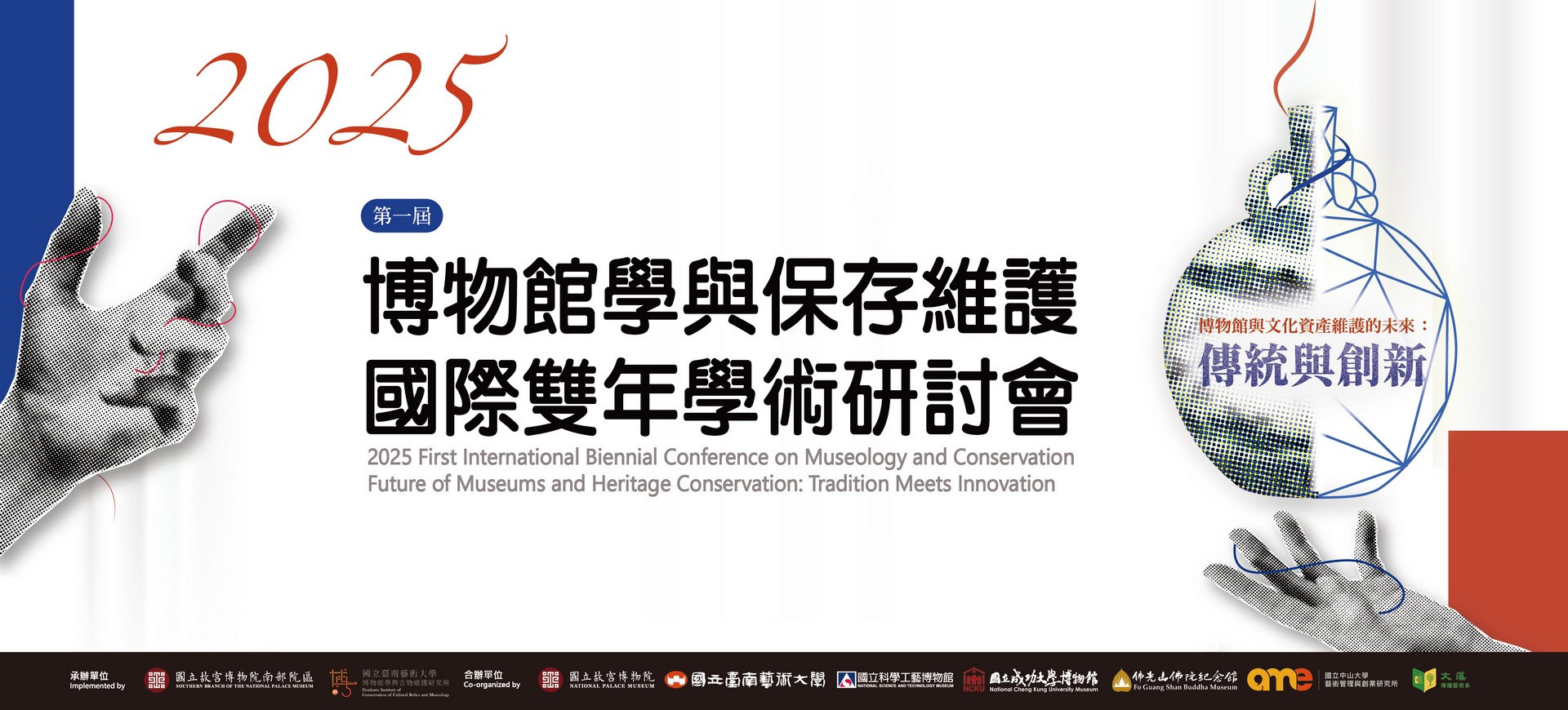Introduction
Background
In 2015, Taiwan enacted its first Museum Act, which has now been in effect for a full decade. The Act defines museums as permanent nonprofit institutions engaged in the collection, preservation, restoration, conservation, and research of both tangible and intangible evidence of human activity and the natural environment, and are regularly accessible to the public through exhibitions, educational outreach, or other forms of engagement, with the concept of museum space also expanding to include locations of distinctive cultural and artistic value.
As global society and cultural development continue to evolve, the International Council of Museums (ICOM) adopted a new definition at its 2022 Prague conference. This updated definition retained elements from earlier frameworks while introducing new values such as accessibility, inclusivity, diversity, sustainability, ethics, professionalism, participation, lived experience, and reflection.
Today, cultural heritage institutions—including museums—continue to foster innovation while rooted in longstanding knowledge traditions. For example, in the management and conservation of cultural property and collections, many institutions have moved beyond custodial responsibilities to explore emerging practices related to technology, workflow efficiency, and governance. In response to open-access movements and technological developments, a growing number of institutions have shifted from paid image licensing to open-access policies. Research in digital humanities and related technologies has enabled deeper engagement with collections and encouraged their broader, more diverse use.
Many institutions have also adopted equity-based, decentralized, and democratic approaches to contemporary collecting—working collaboratively with communities to document and interpret stories and objects that reflect public experience, and building dialogue with existing collections. Across exhibition, education, research, and conservation practice, museums are increasingly guided by values such as accessibility, inclusivity, sustainability, and ethical professionalism—strengthening their role as communicators and interpreters of cultural heritage.
In light of these developments, this conference aims to promote innovative practices rooted in traditional foundations through keynote presentations and an open call for papers. It will foster dialogue among academic institutions, museums, and heritage conservation organizations in Taiwan and abroad, contributing to professional advancement and research development, and supporting the broader goal of sustainable development.
Objectives
This conference aims to achieve the following objectives:
- To promote academic development and knowledge-building in the fields of museology and heritage conservation.
- To support benchmarking and professional exchange among institutions engaged in museum and heritage conservation practices, thereby strengthening the quality and effectiveness of museum services.
- To foster dialogue and collaboration among museum and heritage professionals in Taiwan and abroad through conference presentations and scholarly exchange.
Details
Organizers:
National Palace Museum, Tainan National University of the Arts, and other collaborating institutions (to be confirmed).
Date and Venue:
- Date: October 30-31, 2025 (Thursday-Friday)
- Venue: Southern Branch of National Palace Museum
Format and structure:
In addition to invited keynote presentations by scholars and experts, this conference will include an open call for papers to broaden participation and diversify content. Details are as follows:
Keynote Speeches
The organizers plan to invite three international scholars or experts to deliver keynote speeches in person. Depending on circumstances, presentations may be conducted virtually or in hybrid formats.
Call for Papers
Themes: The conference welcomes academic and professional submissions addressing themes related to museums and heritage conservation. Papers may explore traditional or innovative approaches, and may take the form of advocacy, practice-based reports, theoretical reflection, or critical inquiry. Suggested themes include (but are not limited to):
- Responding to Social Needs and Change:
How museums and heritage institutions reflect and respond to evolving social demands—e.g., open access to collections, inclusion and equity, climate change adaptation, carbon reduction, resilience, sustainability, professional ethics, public participation, and community well-being. - Application of New Technologies:
Use of tools such as digital humanities platforms, artificial intelligence, virtual/augmented/mixed reality, and 5G technologies in museum and conservation contexts. - Refining Traditional Foundations:
Reviews, improvements, or innovations in museum practice (e.g., collections, research, exhibition, education, management, marketing, audience development) developed in response to practical needs. - Futures and Foresight:
Critical reflection on future challenges and transformations affecting museums and heritage institutions, including demographic shifts (aging, declining birthrate), rural–urban disparities, populism, extremism, social impact, and the evolving field of museology. - Cross-disciplinary Inspiration and Exchange:
Productive collaborations among libraries, archives, and museums; cross-sector strategies; and exemplary practices in collection, exhibition, and education that serve as models for others. - Conservation Techniques and Research:
Studies and applications of conservation techniques in response to diverse object types, materials, and conditions—from traditional artifacts to contemporary works—with attention to long-term sustainability and responsible resource use. - Collaborative and Participatory Conservation:
Case studies and reflections on conservation projects in which members of the community, source communities, or traditional practitioners actively participated in the decision-making or treatment process. Topics may include negotiated outcomes, shared authority in conservation planning, and ethical considerations in the collaborative preservation of culturally significant materials. - Challenges and Limits in Conservation Science:
Case studies or reflections on analytical techniques, technical collaborations, diagnostic research, and the limitations or boundaries of conservation science. - Other Topics:
Additional papers aligned with the conference theme are also welcome.

